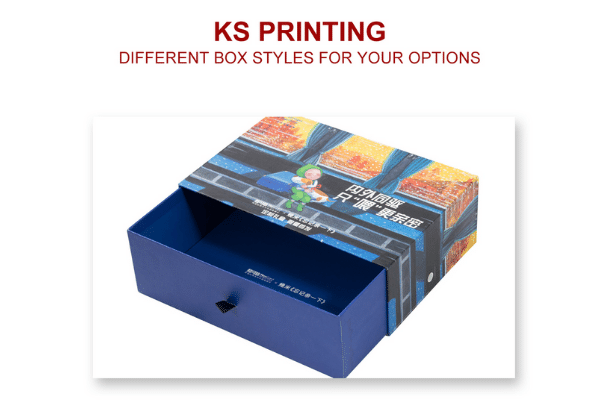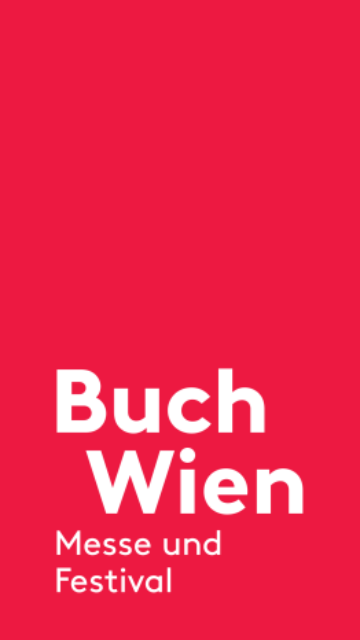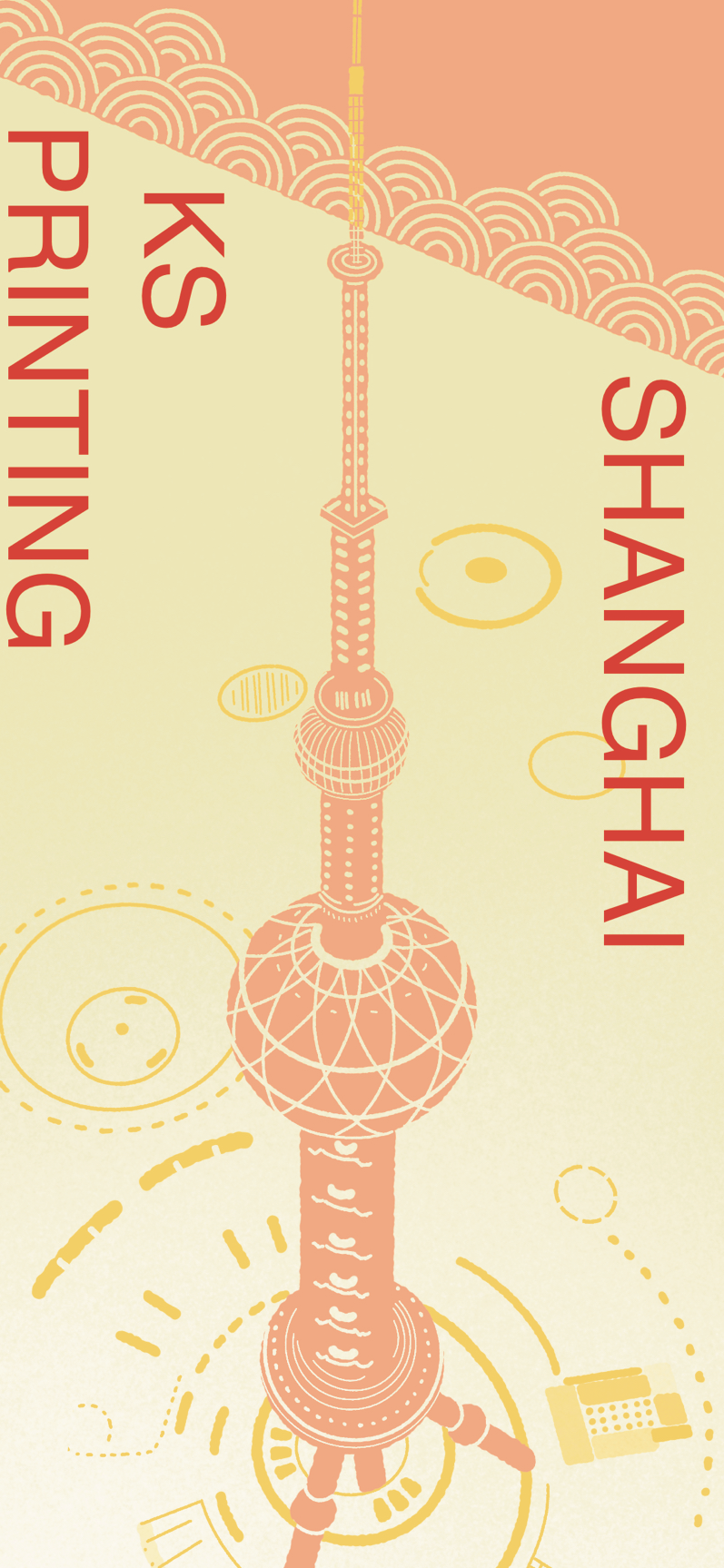What are the detection techniques of color box printing quality?
2021-03-29
At present, there are two main detection techniques for color box printing quality: density mode and chromaticity mode.
Density mode is a process control mode that controls the printing production process's critical aspects according to the thickness of the ink layer.
The chromaticity approach is a high-precision system control mode based on the optical measurement of chromaticity or spectral spectra for color control. Still, it requires careful consideration of printing materials, application environment, and testing purposes.
In the realization mode, both the offline mode of manual sampling and the online automatic detection method can be used.
1.The detection and control of unique material printing quality.
In the color box packaging, the application and pushing of special materials and new materials are a trend, such as cigarette packets from soft paper packets, hard cardboard packets developed to aluminum foil gold and silver cardboard hard packets. These high gloss surface laminated or coated materials have a metallic luster and refractive surface. After printing on various colors of exquisite patterns, it gives people a feeling of high-grade and elegant, which can greatly enhance the value-added space of products, and is widely used in high-grade color boxes.
This kind of high gloss surface material has a strong metallic luster due to the flat surface coating, and when the incident light is irradiated, a strong mirror reflection will occur. Therefore, the color of the surface of the object looks like it will change with the change of the observation angle, resulting in the color of the printing production process is not easy to control, so that the printer is faced with the quality control problem of ensuring the same batch of prints, or even different batches of prints with the same ink color and its special inspection technology requirements.
The color box printed with unique materials has many spot colors and anti-counterfeiting processes in addition to the four-color printing color chart, and its testing content includes density, dot expansion, registration, and gloss.
Due to the constraints of the special material surface gloss, in the density and dot measurement, it is necessary to use the application of d / 0 measurement of optical geometry conditions of the test instrument, as far as possible, according to the principle of spectroscopy, the visible light 400 ~ 700nm band into 31 measurement intervals, measurement of the object color spectrum reflectance, and then derived from the color CIELab value and color difference spectroscopy, such as X-Rite's SP series The SP series of X-Rite. Thus, the accuracy and reliability of measurement data for high gloss surface materials are guaranteed. Measurement instruments applied to common materials with 0/45 geometric conditions, such as the X-Rite 900 series, are unable to achieve consistent and accurate results.

2.Detection and control of spot color printing quality
In the printing of color box packaging products, because spot color printing has a large area of field color blocks, so the color is eye-catching, good shelf display effect, reduce the color difference generated by dot overprinting, dot deformation, color stability, easy to identify, so a large number of spot color printing is its basic feature.
At present, many color box printing enterprises are relatively backward to the spot color measurement and control means, most of them are still in the stage of relying on the experience of the master workers to allocate spot color ink, there is a spot color ink ratio is not accurate enough, the allocation time is long, the subjective factors have a big influence on the shortcomings. Therefore, adopting a color matching system is the best solution to the problem, and it is also the mainstream technology and development direction of international color box quality control and inspection.
The color matching system is a system consisting of a computer, color matching software, spectrophotometer, analytical balance, ink leveling instrument, ink spreading instrument, and printing suitability instrument. The color matching system can store the parameters of substrate materials, inks, and their color matching data of color box printing enterprises in the system database through tests and experiments, and the color matching software can carry out spectrophotometric measurements according to the spot color samples provided by customers, apply the computer to carry out color matching analysis and color matching operations automatically, control the color matching conditions according to the CIELab value, density value and △E of customer samples and color matching samples, and provide printing control parameters so that the data of spot color ink matching can be realized. For example, the Swiss GretagMacbeth ink formulation system, which includes the hardware spectrophotometer SpectroEye and InkFormulation, has SpectroEye that can measure not only the dot and density values of printed materials but also the hue, saturation, and luminosity. InkFormulation can build an accurate database with only a small number of concentration scales. The color matching data can be oriented to offset printing as well as flexo, gravure, and screen printing, and can provide a variety of ink formulation sorting methods, such as similarity by hue, same color, and different spectrum values, spot color ink unit price, ink usage, ink layer thickness, etc. Thus, the application of digital fundamentally breaks through the constraints of empirical color matching and meets the development requirements of higher quality, shorter cycle time, and lower cost of the color box printing industry.
_814744.png)
3.color box printing quality online detection and control technology.
With the development of digital image acquisition technology and processing technology, the printing quality online detection and control technology that uses closed-circuit control systems to detect and make the instant adjustment to the whole image of printed products is becoming popular and optimized. International mainstream printer manufacturers have made online image detection systems as standard, such as Manroland PECOM, Heidelberg CPC32, Switzerland's BOBST, the United States PRO IMAGE, Japan's DAC, and TOKIMEC.
The online printing quality inspection and control system uses a high-definition, high-resolution, high-speed camera lens to capture images and uses the standard sample data as the standard to compare the differences and discrepancies between the captured inspection images and the standard samples in real-time (such as stains, ink dots, color differences and various other errors generated during the printing process). Defects of 0.10mm in size can be accurately detected, even if such defects differ from the standard image by only one gray level. Such a system can completely eliminate human errors, achieve high speed, high precision, and 100% real-time inspection of color box printing products, and establish a unified and quantifiable inspection standard.
In short, the digitalization of detection and control of color box printing quality is a new direction representing the future of color box printing production and is a technical guarantee for the integrated production of design, printing, and post-press processing. Mastering the digital technology of quality control, establishing its own innovative process, and realizing refined operation will become the key to distributing revenue in the huge color box printing market. It is also the fundamental premise for color box printing enterprises to achieve sustainable development.
For more information, please click here, or contact us directly if you are looking for a China book printer.








































